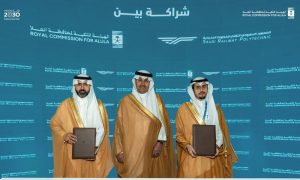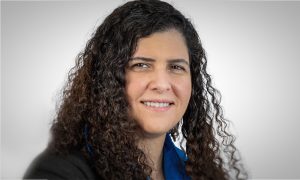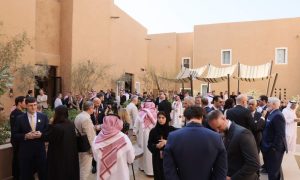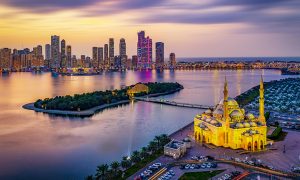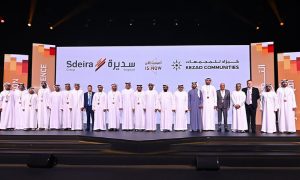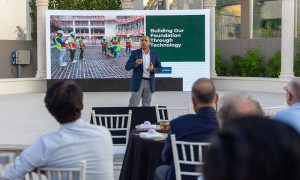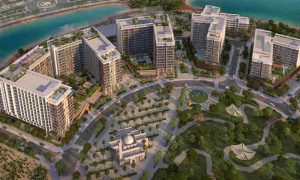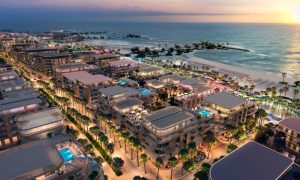KSA’s continued popularity drives real estate values says JLL report
JLL’s latest KSA Real Estate Market Dynamics Report states that the residential and hospitality sectors stood out for their strong performance in H1 2024

Saudi Arabia’s substantial investments in infrastructure developments and giga projects continue to drive growth and resilience in the Kingdom’s real estate market, with 27,500 residential units delivered in Riyadh and Jeddah in H1. This increases the total stock to approximately 1.46m units in the capital and 891,000 units in Jeddah. Around 16,000 units each will be added to the stock in the two cities later this year.
JLL’s latest KSA Real Estate Market Dynamics Report states that the residential and hospitality sectors stood out for their strong performance in H1 2024, supported by the government’s efforts to boost home ownership and the introduction of tourist visas, the expansion of entertainment offerings, and the promotion of sports and new experiences to position the Kingdom as a global leisure destination.
Residential sale prices experienced a noteworthy 10% year-on-year increase in H1 in Riyadh and average rents grew by 9% annually. In Jeddah, the pace of growth was slightly slower, with sale prices rising by 5% and rents increasing by 4% year-on-year during the same period. Despite the rising construction costs and other challenges impacting the development of this sector, KSA’s residential market is on a positive trajectory toward further expansion and development, the firm said.
Residential development in the Dammam Metropolitan Area (DMA) is shifting towards inland locations, with Khobar witnessing the majority of activity. Average sale prices have remained stable, while rents have seen a modest annual increase of 4%.
As Saudi Arabia prepares to welcome 150m visitors in 2030, the hospitality sector also witnessed impressive growth in H1 2024. Year-on-year in the year to date to June 2024, Saudi Arabia’s average occupancy rate increased by one percentage point and its average daily rate (ADR) increased by 7% – which resulted in its revenue per available room (RevPAR) increasing by 8%.

In the Holy Cities of Makkah and Medina, KPIs have largely trended up year-on-year in the year to June 2024, where RevPARs increased by 4% and 15%, respectively. Over the same period, in Riyadh, due to the centering of corporate events in the capital, there has been an ADR increase of 25%.
Based on insights gathered from industry sources and experts, JLL’s H1 2024 KSA report reveals that the office market remains competitive with landlords driving rental negotiations and new entrants establishing their presence in the kingdom, while existing tenants expand or upgrade their space.
Approximately 52,000sqm of office space was added in the capital city in H1 2024, resulting in a total existing supply of 5.2m sqm, while Jeddah maintained a stable total stock of 1.21m sqm. Significant new supply, around 249,000sqm in Riyadh and 48,000sqm in Jeddah, is expected in the latter half of the year. Office demand in the DMA is primarily being driven by government-related entities, leading to an increase of 10% in average Grade A rents in the year to Q2 2024.
The demand for quality institutional grade properties soared, especially in the northern region of Riyadh, which is less affected by traffic congestion issues, is easily accessible, and has high-quality office options.
Accordingly, average Grade A rents rose by 19% y-o-y to $557 per sqm per annum in the capital, while in Jeddah, an 11% annual increase saw average Grade A rents touch $355 per sqm per annum.
